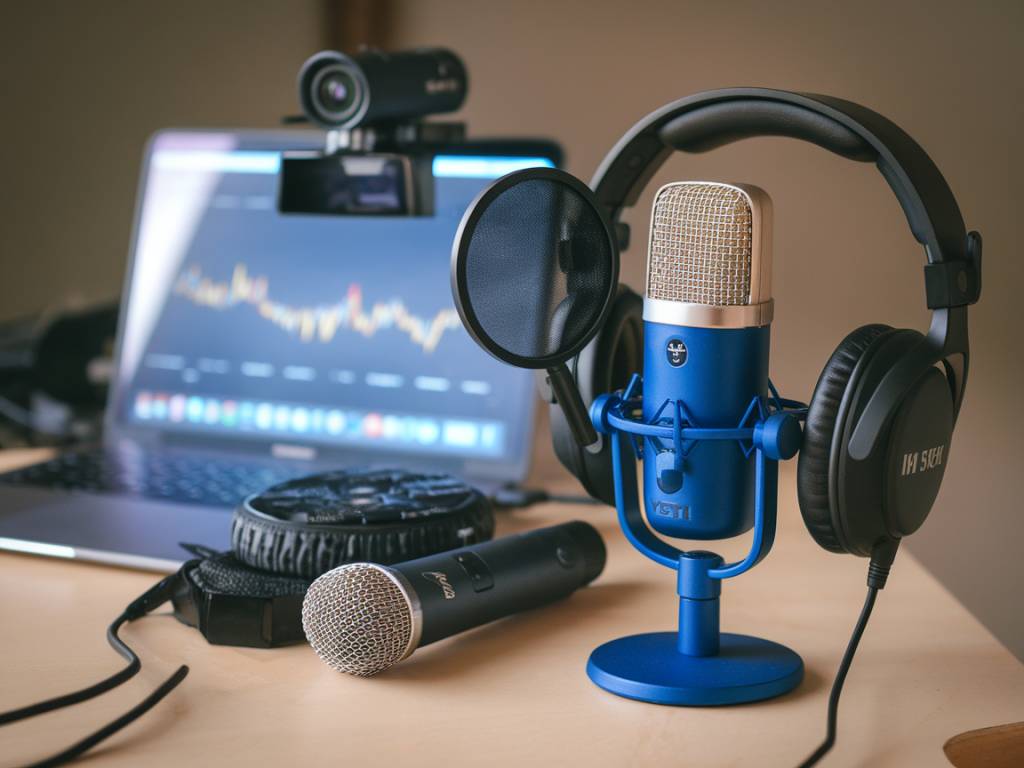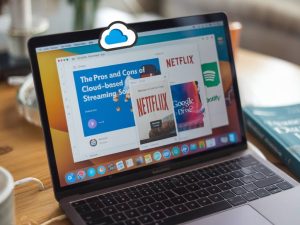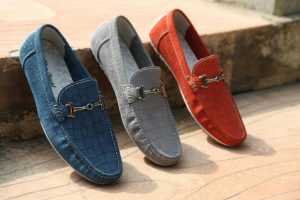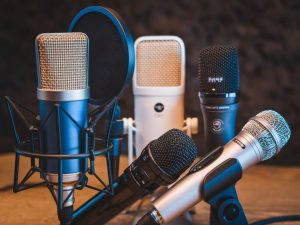Essential audio equipment for live streaming and webcasting

Essential audio equipment for live streaming and webcasting
In the rapidly evolving world of live streaming and webcasting, having the right audio equipment is crucial to ensure high-quality broadcast performance. As a journalist specialized in TV and broadcasting, I have delved into the various components that make up an optimal audio setup for live streaming. This guide aims to provide a comprehensive overview of essential audio equipment, ensuring that your live streaming sessions are as professional and seamless as possible.
Microphones
Choosing the right microphone is fundamental to capturing crisp and clear sound. Several types of microphones are suitable for live streaming and webcasting:
- Dynamic Microphones: These are known for their durability and ability to handle high sound pressure levels. They are less sensitive to background noise, making them ideal for loud environments.
- Condenser Microphones: Offering a broader frequency response and higher sensitivity, condenser microphones are great for picking up intricate audio details. They are commonly used in controlled environments like studios.
- Lavalier Microphones: Small and discreet, lavalier mics are perfect for on-camera talent. They clip onto clothing and provide hands-free operation while ensuring consistent audio capture.
Popular microphone choices for live streaming include the Shure SM7B (dynamic), Audio-Technica AT2020 (condenser), and the Rode SmartLav+ (lavalier).
Audio Interfaces
An audio interface is necessary to convert analog audio signals into digital format for your computer. It essentially serves as a bridge between your microphone and the computer, ensuring high-quality sound transmission. When selecting an audio interface, consider these features:
- Inputs and Outputs: Ensure the interface has enough inputs and outputs for all your audio gear, including microphones, headphones, and speakers.
- Sample Rate and Bit Depth: Higher sample rates and bit depths provide better audio quality. Aim for at least 24-bit depth and 44.1 kHz sample rate.
- Latency: Low-latency performance is crucial to avoid delays between speaking and hearing the audio.
Recommended audio interfaces for live streaming are the Focusrite Scarlett 2i2, PreSonus AudioBox USB 96, and the Behringer UMC22.
Headphones
Quality headphones are essential for monitoring your audio in real-time. They help identify any issues in the sound before your audience does. Here are key attributes to consider:
- Comfort: Long streaming sessions demand comfortable and lightweight headphones that won’t cause fatigue.
- Sound Isolation: Closed-back headphones offer better sound isolation, preventing audio leakage into your microphone.
- Frequency Response: Neutral frequency response provides an accurate representation of your audio, helping you make precise adjustments.
Top choices for live streaming headphones include the Audio-Technica ATH-M50x, Sennheiser HD280 Pro, and the Sony MDR-7506.
Audio Mixers
Audio mixers are instrumental in managing multiple audio sources, adjusting volume levels, and applying effects. They are particularly useful for complex live streaming setups involving more than one microphone. When selecting an audio mixer, consider:
- Channel Count: Determine the number of channels you need to accommodate all your audio sources.
- Built-in Effects: Many mixers come with built-in effects like EQ, reverb, and compression, which can enhance your audio quality.
- USB Connectivity: Ensure the mixer has USB output for easy integration with your computer and streaming software.
Popular audio mixers for live streaming include the Behringer Xenyx Q802USB, Yamaha MG10XU, and the Mackie ProFX8v2.
Pop Filters and Windscreens
Pop filters and windscreens are affordable yet vital accessories that improve microphone audio quality. They prevent plosive sounds (like ‘P’ and ‘B’ sounds) and reduce wind noise. Here’s what to consider:
- Material: Nylon mesh pop filters offer good plosive reduction, while foam windscreens handle wind noise effectively.
- Size: Ensure the pop filter or windscreen fits your specific microphone model.
- Design: Goose-neck designs give flexible positioning, allowing you to place the filter at an optimal distance from the microphone.
Highly rated options are the Aokeo Professional Microphone Pop Filter and the HDE Microphone Foam Windscreen.
Audio Cables
High-quality audio cables are essential to ensure a clean and uninterested signal flow from your microphone and audio interface. Look for the following features when selecting cables:
- Shielding: Good shielding protects against interference from other electrical devices.
- Connectors: Gold-plated connectors offer better conductivity and resistance to corrosion.
- Length: Choose cable lengths appropriate for your setup to avoid signal loss and clutter.
Reliable choices include the Mogami Gold Studio XLR cables and the AmazonBasics XLR Male to Female Microphone Cable.
Acoustic Treatment
Not exactly audio gear, but often overlooked, acoustic treatment plays a pivotal role in enhancing audio quality. Treating your broadcasting space can significantly reduce echoes and background noise. Consider the following:
- Acoustic Panels: Absorptive panels reduce reflections and reverb, creating a cleaner sound.
- Bass Traps: These are critical for controlling low-frequency resonances in the room.
- Diffusers: Diffusers scatter sound waves, leading to a more balanced frequency response in the space.
Recommended acoustic treatment products include Auralex Acoustics Studiofoam Panels and the Pro Studio Acoustics Foam Bass Traps.
Audio Software
Software can be as important as hardware for achieving high-quality audio. Here are some popular choices for live streaming and webcasting:
- OBS Studio: A free and open-source software, OBS Studio offers powerful audio management features, including filters and mixers.
- Adobe Audition: Ideal for more advanced users, Adobe Audition provides extensive audio editing and enhancement tools.
- VoiceMeeter: This virtual audio mixer allows for real-time mixing and routing of audio signals, making it a favorite among live streamers.
Choosing the right combination of hardware and software will ensure an outstanding audio experience for your audience, enabling a professional live streaming presence.
By investing wisely in these essential audio components, you can significantly improve the quality of your live streams and webcasts. Whether you’re a beginner or an experienced broadcaster, having the right tools will enhance your credibility and audience engagement.





